The New Reality of Wall Street : An Investor’s Survival Guide to Triple Waterfalls and Other Stock Market Perils
$12.84
| Author(s) | |
|---|---|
| Pages |
288 |
| Format |
|
| Publication Year |
2003 |
In The New Reality of Wall Street, Donald Coxe (a huge name in institutional investment circles) provides shaky investors with the reassuring knowledge and guidance they need to recoup recent investment losses, and weather a financial storm that is still far from over.
Introduction:
Wall Street and Silicon Valley got together in an undeclared partnership to wire the world, enrich themselves, and convince a whole new class of investors into trusting the partners with much of their life savings. It was a great deal for the partners, but a terrible deal for the investors. Never in the history of major stock markets were the rewards so skewed to insiders at the expense of outsiders.
The New Reality of Wall Street will tell you how it happened, why it happened, and what you need to do to rebuild your savings. As drab as the investment landscape may appear, it’s safer for investors than it has been for five years. You didn’t know how risky it was then, and you probably don’t know how safe it is now. There are no lush and easy pickings like the crops of the 1990s, but there are fewer poisonous mushrooms and fewer bears around the blueberries. You have learned that good times in the stock market don’t last forever. You will learn that bad times don’t either.
Contents:
- A Taxonomy of Bears
- Triple Waterfalls
- How Triple Waterfalls Reshape the Landscape
- How Wars Shape Economies and Markets
- Surviving Wall Street’s Predators
- The Dollar and Its Alternatives
- The Expatriate Dollar: The Eurodollar
- The Challenging Financial Landscape Ahead
- Setting Your Course to a Secure Retirement
- Constructing a Survival Pak Portfolio
- Course Corrections and Tips for Staying on the Trail
The New Reality of Wall Street : An Investor's Survival Guide to Triple Waterfalls and Other Stock Market Perils By Donald Coxe pdf
6 reviews for The New Reality of Wall Street : An Investor’s Survival Guide to Triple Waterfalls and Other Stock Market Perils
Clear filtersOnly logged in customers who have purchased this product may leave a review.

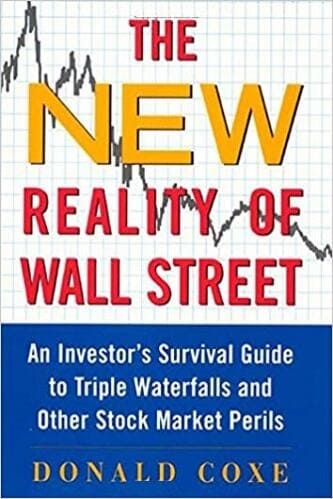
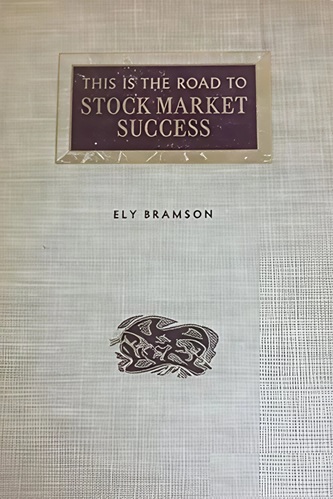
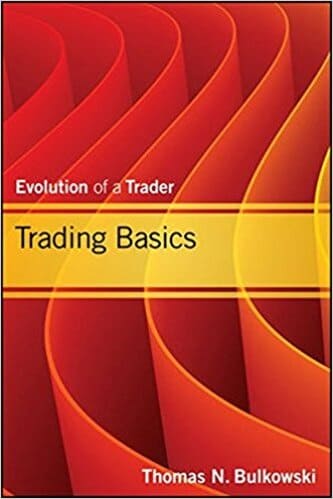
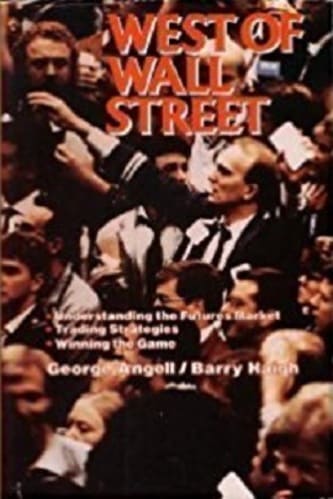
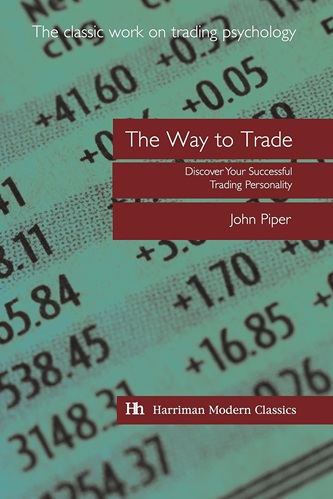
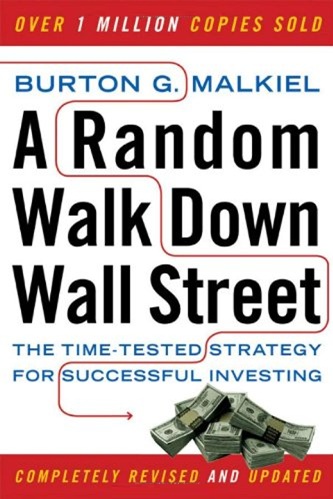
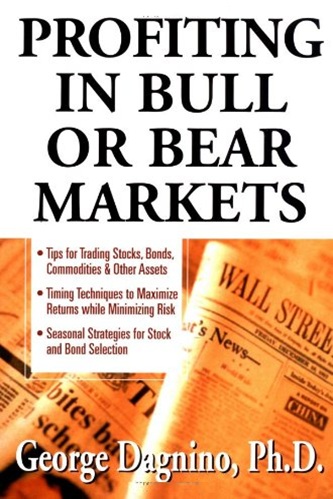
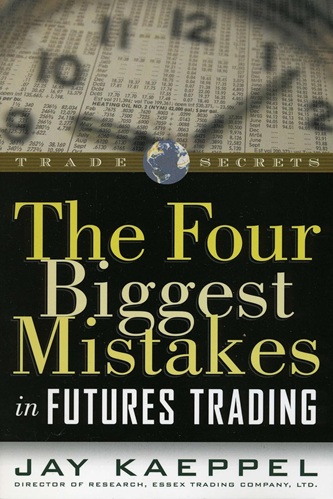
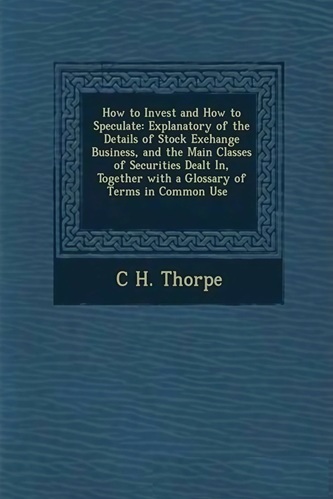
Roselyn Bauer (verified owner) –
Tracing the history of investment from the South Sea Bubble to America’s bubble economy of the 1990s, Don Coxe has provided an excellent survival guide for understanding the financial markets of the 21st century.
Ian Porter (verified owner) –
The book deals with enough history and timeless investment advice to make it an enduring reference for those with pretensions of managing their own money. It is a lively romp through market and economic history aimed at small investors.
Ailani Garner (verified owner) –
The New Reality of Wall Street is a highly literate recap of the events leading to the great U.S. stock market bubble which burst in 2000. It also offers investors a cogent strategy for enduring the aftermath that’s still very much with us.
Ryleigh Cox (verified owner) –
Great book
Kieran Pratt (verified owner) –
I didn’t find this book particularly helpful in terms of investing. I think most people know that India and China have become more capatilistic, in a purely relative sense, and that they will be needing to build roads, indoor plumbing, etc. Coxe seems to be a genius in his other writings and has a weekly conference available on line. This book just struck out for me.
Connor Horne (verified owner) –
“New Reality of Wall Street” is an oddly assembled book with some flashes of insight. Although Mr. Coxe has a lively writing style, the substance and weight of his assertions often leans towards what is colloquially referred to as “bull”. The novice will find much to be confused about. The keen skeptic will have much to be skeptical about. And the expert will find nothing new.
The book starts out in the style of a wilderness survival guide. This would suggest the book is meant for novice investors. And this is supported by his diversions to explain concepts such as risk premium and bond duration. But he also delves into detailed discussion regarding foreign currencies without explanation of currency mechanisms. For example, he explains that Japan, as an enormous creditor to the USA, must print large amounts of Yen to “absorb” the inflow of Dollars. A novice who does not understand central banking mechanisms is left without so much as a trail of popcorn to figure out why or how this is. So while Mr. Coxe spends too many pages on basic principles for this to be an expert investor’s book, he entirely skips vital concepts for this to be a novice’s book.
Even if one does understand everything that is said in these pages, there are other thematic problems. He makes numerous creative assertions regarding the causality of certain economic events, but does not offer any supporting logical arguments or empirical evidence. (Contrast this with writers such as Robert Shiller or Marc Faber who do not require you to take their statements at faith, but instead support their assertions with data.) Most often, his arguments are based on political opinions and platitudes. If you do not accept his political opinions, you may find it difficult to accept many of his explanations or conclusions. It’s not that his political opinions are unusual as much as his opinions display a disconcerting tendency to confuse fact with opinion or logic with data. For example, in one instance he simply states without further elaboration that democracy is superior to communism as a matter of logical fact. While most readers would agree that historical evidence supports the superiority of democratic style governments, to state that this is a result of deductive reasoning is be ignorant or confused. Faith is required in reading this book. Ironically, he spends considerable effort explaining why you should never accept Wall Street recommendations on faith.
Finally, although some of his assertions may seem bold for those who do not regularly read beyond mainstream financial magazines, his investing recommendations betray any uniqueness. His recommendation is simply to diversify broadly among stocks, bonds, and cash.
Although I happen to agree with much that he writes about, I am left feeling that this is nothing more than a very long elaboration of a poolside conversation over beer. It may be enjoyable and you may be nodding your head in agreement often, but unlike what the title suggests, there is nothing substantial, concrete, or convincing. Marc Faber’s “Tomorrow’s Gold”, although slightly dated, is a far superior treatment with similar conclusions and more daring recommendations.